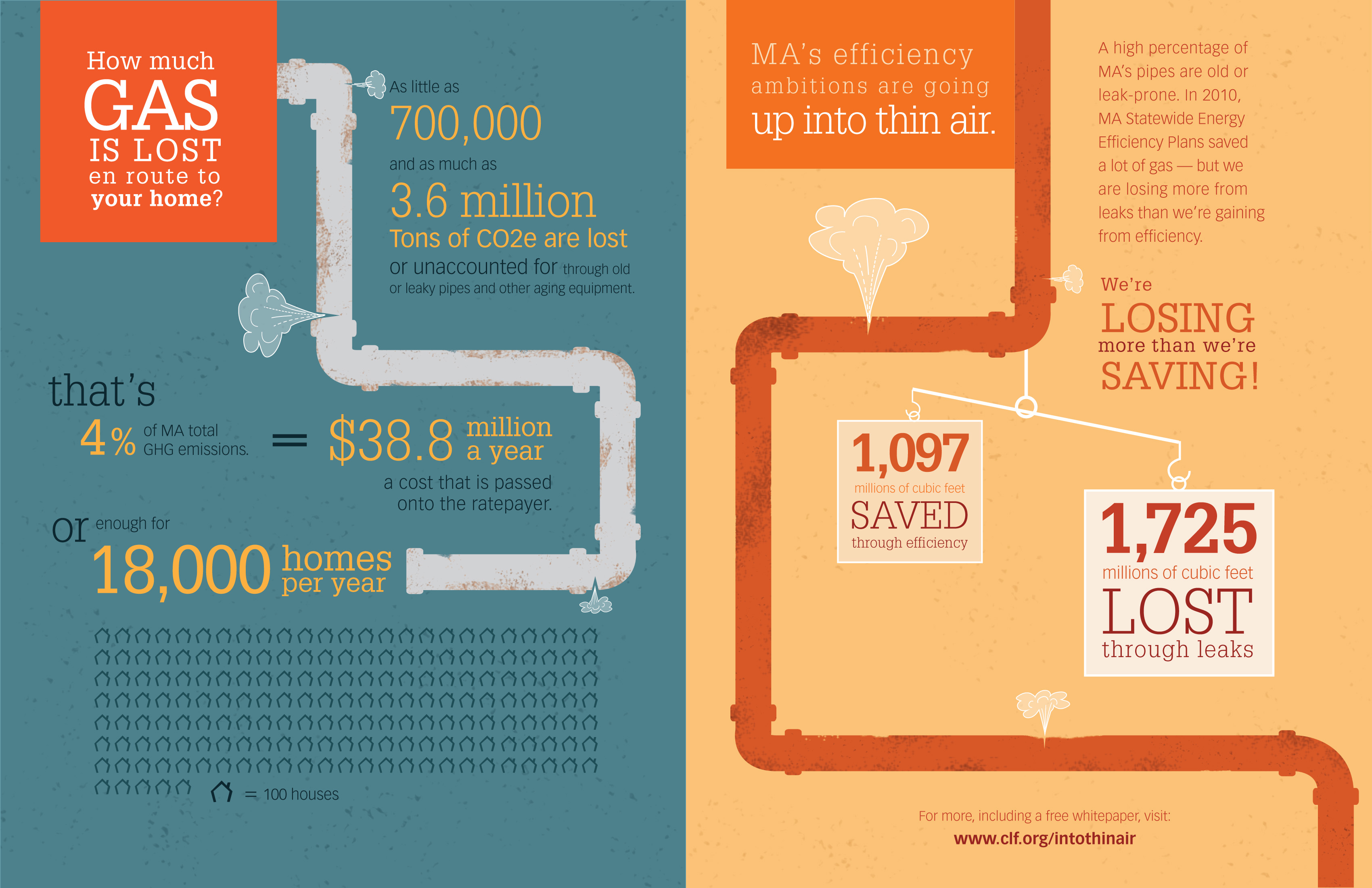An Intro To The Basics Of Solar Energy Systems And Their Functionality
An Intro To The Basics Of Solar Energy Systems And Their Functionality
Blog Article
Content Composed By-Jain Fink
So, you've read about photovoltaic panels and their prospective to generate electricity from sunlight, yet just how exactly do they work? Understanding the detailed technology behind photovoltaic panels can be a remarkable trip right into the world of renewable resource. From the basic concepts of solar batteries to the detailed elements that make up a photovoltaic panel system, there's an entire realm of expertise waiting to be explored. Let's decipher the enigmas of photovoltaic panel innovation together.
Photovoltaic Panel Innovation Basics
To genuinely comprehend the essence of solar panel technology, you have to delve into the fundamental concepts that underpin its functionality. Solar panels contain solar batteries, typically made from silicon, which have the amazing capacity to convert sunshine into power through the solar effect. When sunshine hits the cells, the photons in the light interact with the silicon atoms, causing the electrons to break free from their atomic bonds. This creates an electrical current that can after that be taken advantage of for powering various tools.
The essential part of photovoltaic panels is the semiconductors within the solar batteries, which facilitate the conversion of sunlight into usable electrical energy. These semiconductors have both positive and unfavorable layers, creating an electrical field that allows for the flow of electrons.
This circulation of electrons, when attached in a circuit, creates straight present (DC) electrical power. Recognizing these fundamental principles is critical for valuing how photovoltaic panels can harness the sunlight's energy to power homes, businesses, and also satellites precede.
How Solar Panels Generate Electrical Power
Photovoltaic panel harness the sun's energy by transforming sunshine into power via a procedure known as the solar effect. When sunlight strikes the solar panels, the photons (light bits) are soaked up by the semiconducting materials within the panels, usually made from silicon. This absorption produces an electrical current as the photons knock electrons loose from the atoms within the material.
The electrical areas within the solar cells then force these electrons to move in a specific instructions, developing a straight existing (DC) of electrical energy. This direct current is then travelled through an inverter, which converts it right into rotating current (AC) electrical power that can be made use of to power your home or company.
https://2000-watt-solar-panel86531.nizarblog.com/29502443/ready-to-enhance-your-solar-energy-cost-savings-with-targeted-techniques-for-house-owners-encompassing-the-analysis-of-energy-intake-and-the-effective-positioning-of-your-planetary-system generated by the photovoltaic panels can be saved in batteries for later usage or fed back into the grid for credit history through a procedure called net metering. Recognizing exactly how residential solar panels on roof produce power is critical to appreciating the ecological and cost-saving benefits of solar power systems.
Comprehending Photovoltaic Panel Components
One crucial element of photovoltaic panel innovation is recognizing the numerous components that make up a photovoltaic panel system.
The essential parts of a photovoltaic panel system consist of the solar panels themselves, which are comprised of photovoltaic cells that convert sunlight right into electricity. These panels are mounted on a framework, frequently a roof covering, to catch sunshine.
In addition to the panels, there are inverters that convert the direct existing (DC) electricity created by the panels right into rotating current (A/C) electricity that can be utilized in homes or organizations.
The system also consists of racking to support and place the photovoltaic panels for ideal sunshine exposure. In addition, cords and connectors are necessary for transferring the power generated by the panels to the electric system of a structure.
Lastly, https://transparent-solar-panels00998.eedblog.com/29420681/an-overview-to-picking-the-suitable-solar-installer-concerns-you-should-take-into-consideration tracking system might be consisted of to track the performance of the photovoltaic panel system and ensure it's operating efficiently. Comprehending these components is crucial for any individual looking to mount or use solar panel innovation properly.
Verdict
Since you understand the essentials of photovoltaic panel technology and how it functions, you can value the power of using sunshine to generate tidy and renewable energy for your building. By making use of the photovoltaic or pv effect and elements like inverters and checking systems, you can contribute to an extra lasting future while likewise potentially saving on energy costs. Maintain understanding and exploring the opportunities of solar energy for a greener tomorrow.
